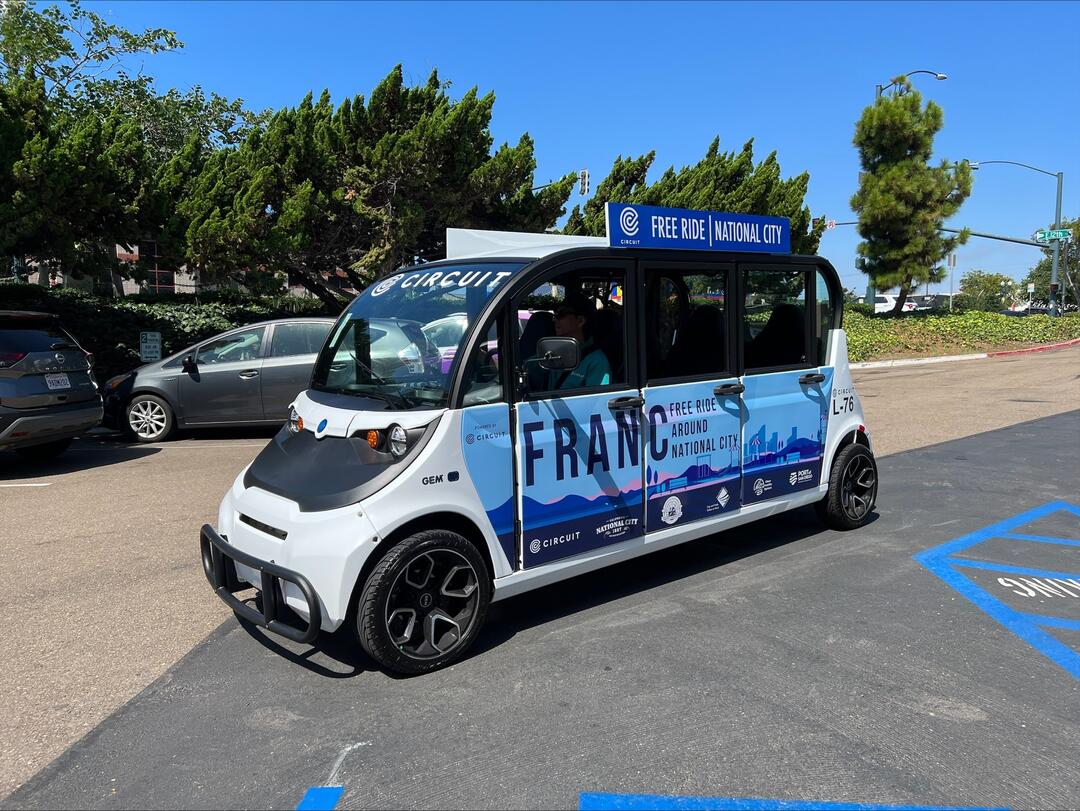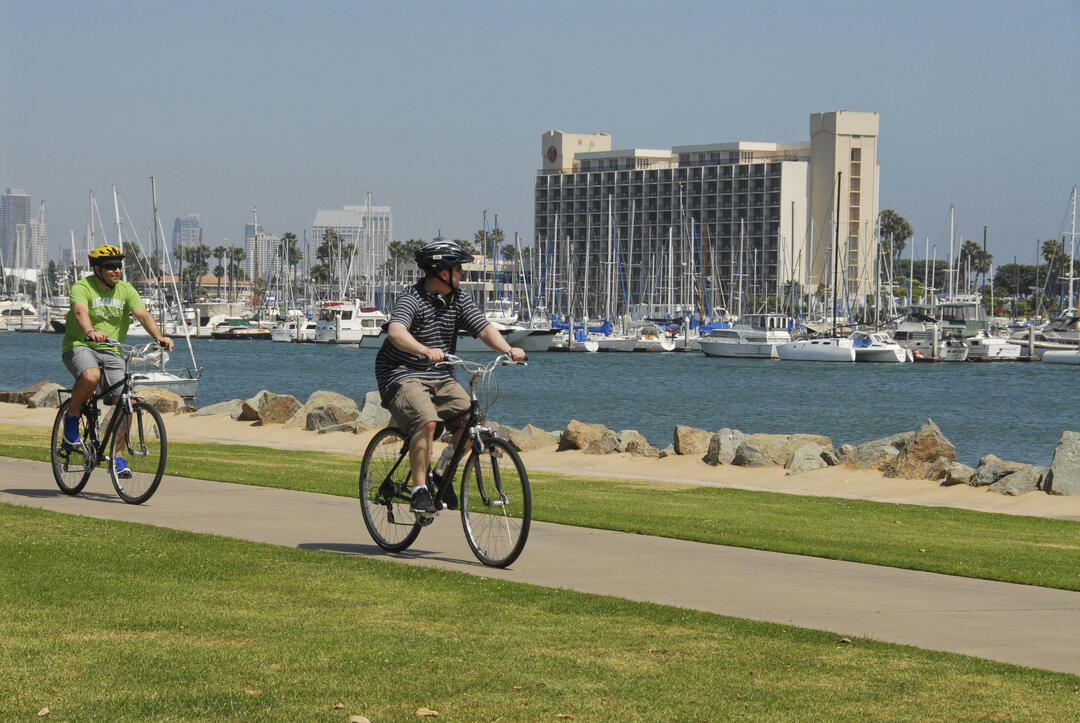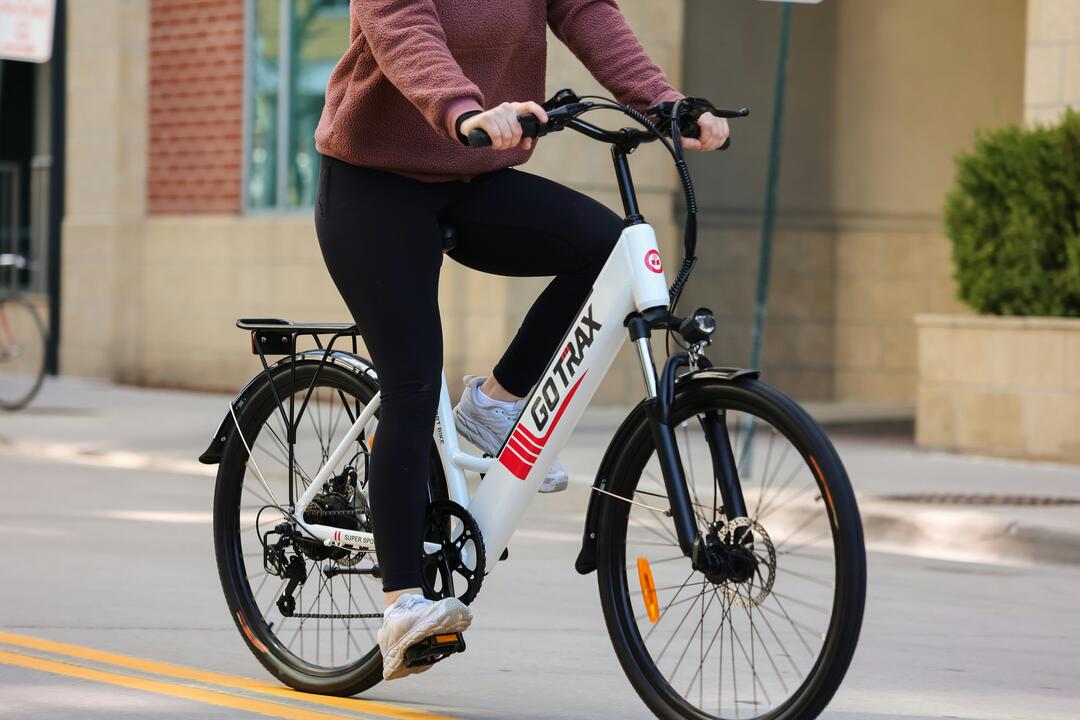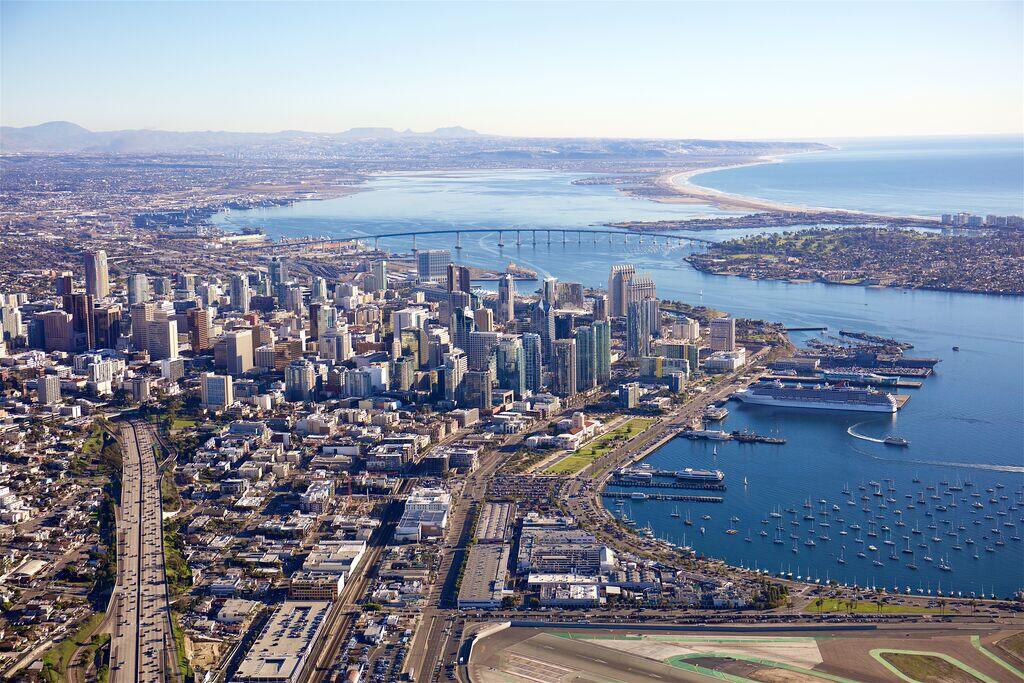Getting Around the Port of San Diego
There is more to see, do and experience than ever along San Diego Bay including parks, piers, museums, restaurants, hotels, marinas, and more. This page will help you get here (whether by bike, by car, by public transit, etc.) and stay for a while to enjoy all there is to see and do along the bay in Chula Vista, Coronado, Imperial Beach (bayfront and oceanside), National City, and San Diego.
Public Transit (bus, trolley, train, shuttle) and Ridesharing
- San Diego MTS – Bus and Trolley (San Diego’s light rail system)
- FRANC – Free Ride Around National City, free electric shuttle
- FRED – Low-cost electric shuttle in downtown San Diego
- North County Transit District (NCTD) – Coaster Commuter Rail
- Amtrak – Pacific Surfliner
- Uber & Lyft – access via mobile apps
- Taxis/Cabs – Service throughout San Diego region


By Bike
- Bayshore Bikeway – Iconic, 24-mile bike route along San Diego Bay
- SANDAG – San Diego Regional Bike Map
- San Diego – Better by Bike
- Chula Vista – Bike Chula Vista
- Coronado – Biking Around Coronado
E-bikes and other Motorized Mobility Devices (MMDs)
With the growing popularity of Motorized Mobility Devices, or MMDs, the Port of San Diego has joined other jurisdictions throughout California in enacting MMD public safety regulations for narrow walking areas intended for pedestrian use. Electric bikes, electric scooters, electric skateboards, hoverboards, motorized pedicabs, etc. are all considered MMDs.
Safety First
The Port of San Diego built and maintains the promenade along the Embarcadero area of San Diego Bay. It was designed and constructed for pedestrian use. Pedestrian safety is the Port’s highest priority in this high traffic, primarily pedestrian area to ensure a safe and enjoyable bayfront for all. Pedal-powered devices like regular bicycles, skateboards, and scooters are also allowed to safely operate on the Embarcadero.
In 2023, the Port updated San Diego Unified Port District Code 8.07 to address inherent safety conflicts created by mixing pedestrians and MMDs, which operate at higher speeds. Per updated Port Code 8.07:
- MMDs are allowed to operate on roadways, parking lots, bike lanes, drive isles and streets.
- MMDs are prohibited to operate on sidewalks, promenades, multi-use pathways, nature trails, piers, plazas, parking garages, parks, and piers.
- All MMDs must follow all DMV regulations and laws pertaining to their device.
- Persons under the age of 18 years old must wear a helmet when operating an MMD.
- Persons under 16 are prohibited from operating an MMD.
Click the link below to see the full Port Code 8.07.
Established MMD Routes
MMDs are allowed along the Embarcadero on established routes from the Coast Guard Station at the north end to the Hilton Bayfront at the south end. Maps showing the Embarcadero and adjacent bike lanes and parking lot travel lanes delineate where MMDs are allowed and where all wheeled devices – motorized or not – are prohibited. Click the link below to view the maps.
VIEW EMBARCADERO MAPS FOR MMDS
Note: The City of San Diego has developed and is responsible for the bike lanes on North Harbor Drive from Liberty Station/Point Loma into downtown San Diego as well as all other bike lanes in San Diego. Please refer to the City of San Diego website for more information and to request changes or to share your concerns regarding the bike lanes – sandiego.gov/bicycling.

Frequently Asked Questions
Why are pedal-only bikes allowed on some areas of the Embarcadero?
There are some areas along the Embarcadero that are wide enough for both pedestrians and pedal-only bikes to safely use – and they have historically done so. They were designed and constructed for multiple, lower speed uses. The introduction of electric motors has changed things with bicycles capable of high speeds, and has risen to a public safety issue, which is what we’re aiming to address with new regulations for all motorized devices, which can operate at much faster speeds than pedal-only devices.
What about other non-motorized mobility devices?
Non-motorized/non-electric devices such as regular skateboards, skates, and push-scooters can still operate in most areas along the Embarcadero, although there are some areas that prohibit “all wheels” due to narrow walkways, high pedestrian density, or cobbled walkways that make it difficult for both pedestrians and devices to operate safely. In these areas you will see signs posted for PEDESTRIAN FRIENDLY ZONE/NO WHEELS. The area around Seaport Village is a NO WHEEL ZONE due to the cobbled walkways and high pedestrian density. You are allowed to dismount and walk your “wheels” in this area.
Are there exceptions?
ADA-compliant mobility devices used by those with mobility disabilities are allowed to operate in all sidewalk areas, and Segway tour operators who comply with Port insurance requirements are allowed to operate in most sidewalk areas. In NO WHEELS zones, Segway tours will need to use alternate pathways.
